“To know your Enemy, you must become your Enemy.”
― Sun Tzu
So I won a local Super IQ with Melira Pod. Considered one of the hardest to pilot decks, I picked it up and was successful contrary to not having the claimed prerequisite experience necessary to play it correctly. How did I manage to do well with it with so little playtime?
I’ve wracked my brain trying to figure out how to beat it.
I’ve been playing Infect in Modern for the better part of a year now. The deck’s natural enemy is Melira Pod. Being such a big part of the metagame, it is inevitable that the matchup will come up and I had to have a solid game-plan to beat them. I ran through scenarios in my head of what Birthing Pod targets they could have and what removal suite I would need to play around, both pre- and post-sideboard. To beat them, I had to wrap my mind around in how they wanted to beat me.
I’ve cycled through everything from Twisted Image to combat mana dorks to the right amount of removal like Dismember to fight a resolved Melira to even Hunt the Hunter to have removal while still getting some value. I imagined how their optimal game would play out and went as deep as I could to think of ways to disrupt them. I didn’t have many physical hours playing the deck, but I had a ton of mental hours invested in the operations of Melira Pod.
This is what I played:
Creatures (28)
- 3 Birds of Paradise
- 1 Spike Feeder
- 1 Eternal Witness
- 1 Wall of Roots
- 1 Reveillark
- 3 Kitchen Finks
- 2 Murderous Redcap
- 1 Ranger of Eos
- 4 Noble Hierarch
- 1 Qasali Pridemage
- 1 Linvala, Keeper of Silence
- 1 Viscera Seer
- 1 Spellskite
- 1 Melira, Sylvok Outcast
- 1 Scavenging Ooze
- 1 Restoration Angel
- 1 Sin Collector
- 2 Voice of Resurgence
- 1 Archangel of Thune
Lands (23)
Spells (9)

Boss Pod!
Just kidding.
The 75 was given to me sleeved and ready to go and I have actual zero personal innovation to the build. The build is slightly different from what Brian Braun-Duin played against Chris VanMeter in a VS Video a little while ago.
These are the different maindeck cards:
I played:
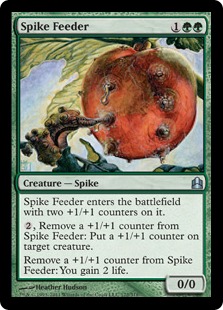
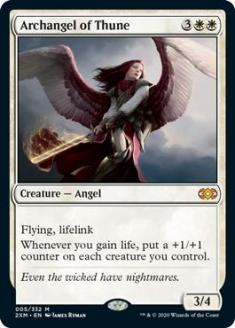
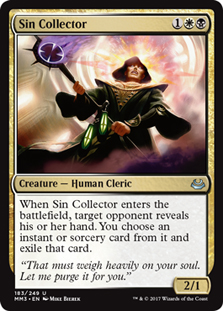
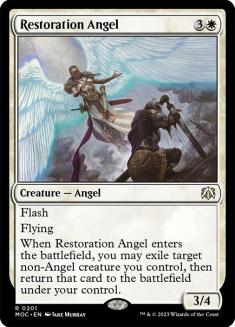
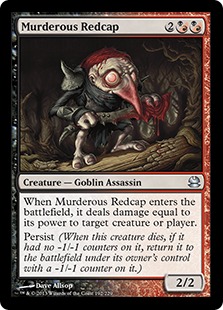
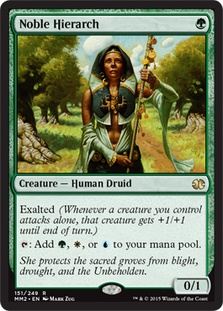
While BBD played:
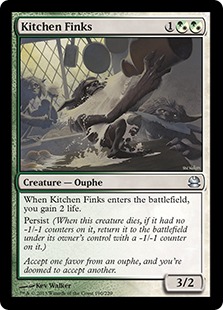
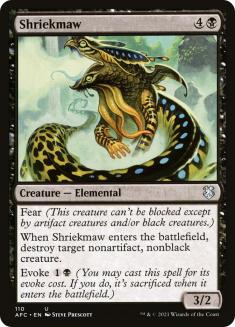
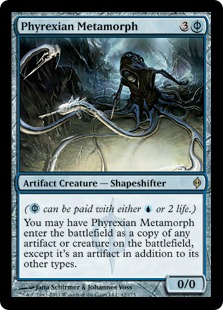
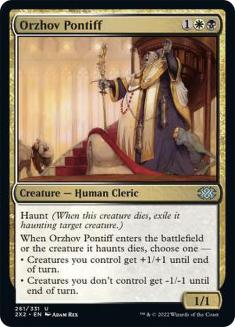
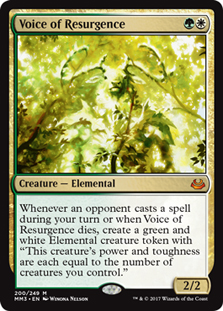
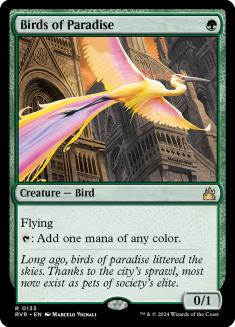
The deck had both the Melira combo and the Archangel of Thune + Spike Feeder combo. It was a great deck against a wide-open field and is capable of winning any matchup, though sometimes just barely. It was the opposite of my usual style of attacking a specific metagame with a specific strategy.
Sin Collector was super-strong and a great precursor to a sideboarded Exhumer Exarch. I found that recycling those with either Eternal Witness or Reveillark was key to fighting a matchup like Scapeshift or Storm where your level of interactivity is pretty low.
Shriekmaw and Orzhov Pontiff are notable non-inclusions and I never missed them. Shriekmaw is rather narrow and is mainly only good against Tarmogoyf as a parity one-for-one. It sucks not having a great way to kill an opposing Linvala, Keeper of Silence, but cuts had to be made.
Restoration Angel was great and I agree with LSV in that I can no longer see a version of Pod without her. She serves a similar role to Phyrexian Metamorph while being a tough-to-deal-with creature that interacts with opposing fliers.
Cutting the fourth Kitchen Finks and the third Voice of Resurgence made room for the Archangel of Thune + Spike Feeder combo. Even though you rarely need to piece together the combo to win, the threat of it puts opponents into very compromising spots and disables possible lines of play. I admittedly haven’t played a ton with Melira Pod, but my natural instinct was to keep in my proactive strategies and to make them play around everything that the deck is capable of. Also, I naturally like attacking, so the fourth Noble Hierarch made an appearance over the fourth Birds of Paradise. While it’s slightly worse for casting your black cards, Noble Hierarch sets up a reasonable clock alongside an attacker like Kitchen Finks so you don’t have to lean on the raw power of Birthing Pod as much.
I advocated aggro in Modern last week and still feel like it’s a good choice. Life totals tend to whittle down fast through fetchlands, shocklands, and cards like Thoughtseize, Birthing Bod, and Dismember. Having now experienced the inner workings of “the best deck,” we can move on to beating it better. After some time to digest the information, I can see myself jamming Mountains in Modern at a PTQ.
A little-known fact is that I also went to the dark side for about a month and played Mono-Black Devotion in Standard at some local PTQs for Pro Tour Journey into Nyx. Twice. And though I did acquire to two Top 8 finishes, I didn’t quite get an invite. At the time, Boss Sligh and the R/w Burn deck were rising in popularity on Magic Online and the Mono-Black Devotion players adjusted to accommodate it with two copies of Pharika’s Cure in the main and two more in the sideboard. This was in a time before Bile Blight was printed as a generally stronger card and Ultimate Price was a tad too narrow against all the Nightveil Specters running around. The seemingly small adaptation to Pharika’s Cures made me put down the small red creatures for awhile, forcing me to play a “real deck” with everybody else.
I picked up the “best deck” and ran with it like I’ve been playing it for the entire season. I knew everything that Mono-Black Devotion was trying to do based on how much time I devoted to tweaking Boss Sligh to beat it. I picked up their sword and beat them (for the most part) at their own game. After my stint with Pack Rat and friends, I had an even more experienced outlook that helped me exploit its weaknesses.
This is the Mono-Black Devotion deck that I would play now to beat a metagame heavy with Mono-Black Devotion, Mono-Blue Devotion, and Mono-Red.
Creatures (16)
Lands (25)
Spells (19)
Sideboard

Owen Turtenwald has been advocating Mono-Black Devotion with zero Temples in favor of curving out more smoothly. I largely agree with the direction that he’s going and have seen a few players shave down to three Temples and personally think a middle ground of two Temples is the way to go. Temple of Silence is my pick, as it does the most to keep your opponent guessing after sideboard. It’s basically between what you want them to play around as to which Temples you play. These are the main four:
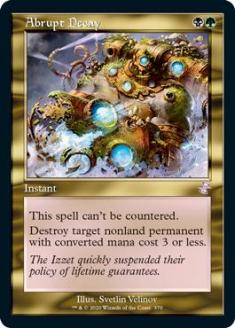
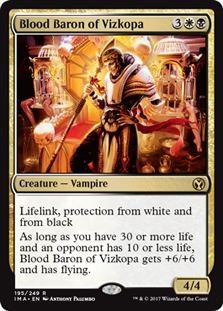
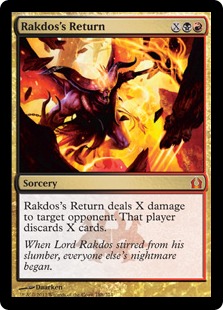
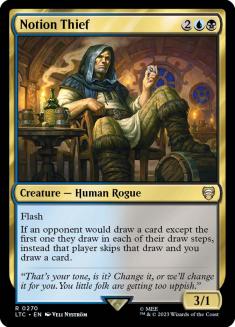
B/W Midrange is likely the most popular deck that this build of Mono-Black Devotion could be mistaken for, and so sometimes an opponent will keep in Lifebane Zombie against you in fear of Blood Baron of Viskopa or Obzedat, Ghost Council. It’s a small victory, but small victories add up to big wins.
The results of the SCG Standard Open in Portland show a decline in Jund Monsters and a rise in Mono-Blue Devotion. I believe it’s time for Nightveil Specter to get the nod over Lifebane Zombie again in the maindeck. Boss Sligh and other Mono-Red variants also have a much harder time beating a 2/3 flier than they do beating a 3/1. It’s unclear exactly how hated-out the red cards are right now, but if people forget about them I won’t be surprised to see Mono-Red take down another tournament when it sneaks into Top 8.
I’ve always liked running a couple Pharika’s Cure in the maindeck of Mono-Black Devotion. With cards like Thoughtseize and Underworld Connections and an absence of turn-one plays, having a way other than Gray Merchant of Asphodel to regain life has always been welcome. Given a resurgence of red, I think that it’s a mistake for any black-heavy mage to leave home without four copies of Pharika’s Cure somewhere in their 75 and I like taking a preemptive metagame step and starting two of them, which has an added benefit of freeing up a couple sideboard slots too.
Now if you REALLY don’t want to lose to a red deck ever I recommend giving W/U Ephara a try:
Creatures (24)
- 4 Precinct Captain
- 4 Keening Apparition
- 4 Boros Reckoner
- 1 Archangel of Thune
- 1 Heliod, God of the Sun
- 4 Soldier of the Pantheon
- 3 Ephara, God of the Polis
- 3 Brimaz, King of Oreskos
Planeswalkers (2)
Lands (25)
Spells (9)

Brad Nelson recently whooped BBD in a Versus video this week and I have to say W/U Ephara looked as good as ever. For the Columbus Invitational I had it and Boss Sligh both complete and ready to play and it was a metagame call as to which I would run. Brad said “that sheep deck is AWFUL” and I took the words of wisdom to heart and played Boss Sligh, which ended up biting him when we eventually battled in Top 8. The metagame was quite clear, but people were scared to commit to hyper-aggression, though it was a consensus that the top players didn’t want to get paired against it.
“Quickness is the essence of the war.”
Sheep (as I affectionately still call the deck, regardless of how few or how many Nyx-Fleece Rams it plays) is an absolute nightmare against aggressive red strategies. If you’re stuck in a metagame where Boss Sligh is big and you’re absolutely hating me, this deck is your best answer. The quick creatures go toe-to-toe with theirs and Boros Reckoner is practically a two-for-one or better. After sideboarding it gets much worse, going up to a full four copies of Nyx-Fleece Ram plus two Archangel of Thunes. If you happen to face an unlucky burn player then Keening Apparition even kills their best cards against you:
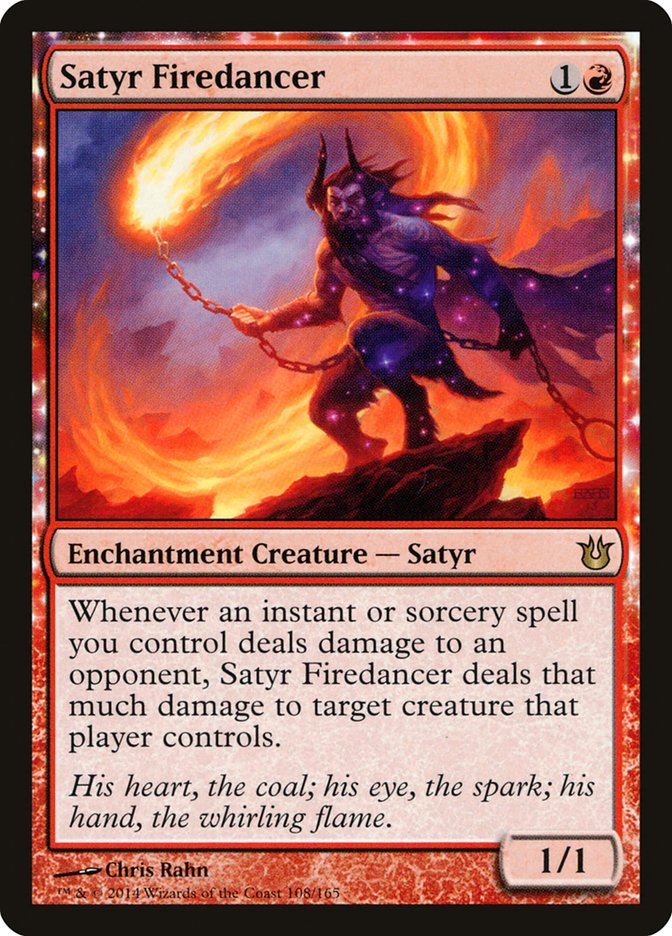
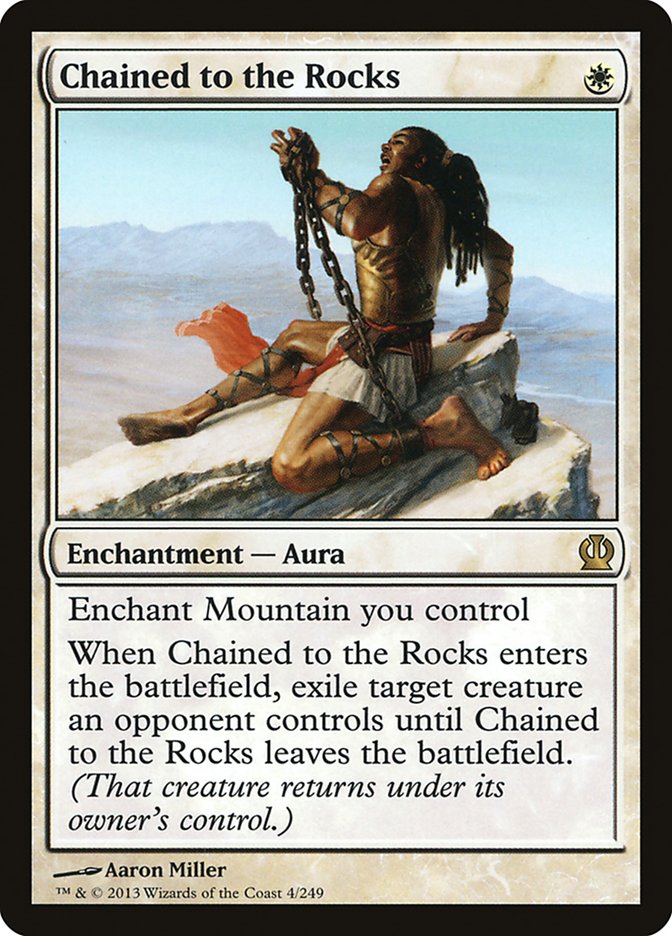
My advice: If you want to beat the best deck, you have to play the best deck. Every bit helps, from watching videos of the top decks being played to switching decks in real-life playtesting to see how it looks from the other side. Perspective is everything and it’s not just your deck that is playing a match, it’s the interactions between yours and your opponent’s. If you have a given style, it’s good to take a step away and try what everyone else is doing for a while. If you’re a Mono-Black Devotion, Mono-Blue Devotion, or U/W Control player, I recommend picking up Boss Sligh or another Mono-Red deck and get a feel of how they are trying to beat you in order gain a grasp on their thought processes.
Or just buy the deck. Best $30 you’ll ever spend on Magic.
“If you know the enemy and know yourself you need not fear the results of a hundred battles.”
